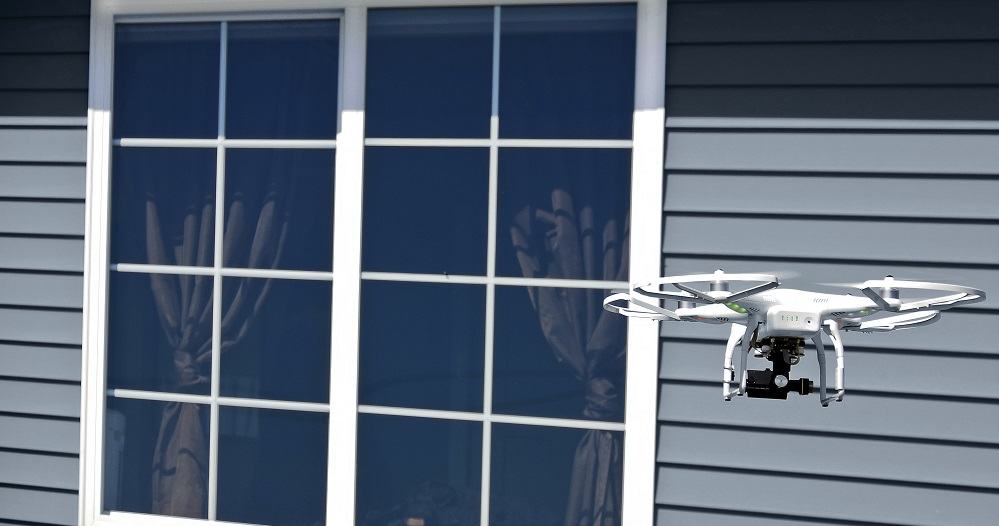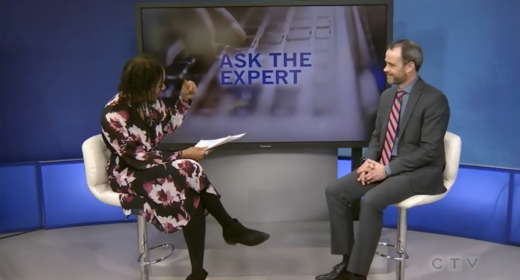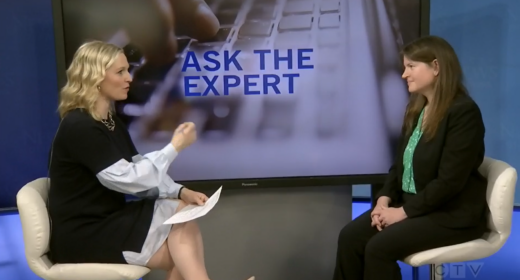Last summer, in an article for Ottawa Life, I wrote about emerging torts in the twenty-first century, including those involving “peeping tom drones.”
Recently, the Government of Canada moved to address the current lack of regulation with respect to recreational drones.
What are the new rules?
On March 16th, 2017, Transport Minister Marc Garneau announced new rules governing the use of recreational drones. Drones weighing more than 250 grams and up to 35 kilograms may be flown without special permission from Transport Canada. However, these drones may not be flown:
- Higher than 90 metres above the ground
- Closer than 75 metres from buildings, structures, vehicles, vessels, animals and the public, including spectators, bystanders or any person not associated with the operation of the aircraft
- Closer than nine kilometres from the centre of an aerodrome (see below)
- Within controlled or restricted airspace
- Within nine kilometres of a forest fire
- Over or within the security perimeter of a police or first responder emergency operation site
- At night or in clouds
- Outside the operator’s line of sight
- More than 500 metres from the operator; or
- Without the operator’s name, address, and telephone number clearly marked on the drone.
Persons who fail to comply with these rules could face fines of up to $3,000. Corporations that fail to comply could face fines of up to $15,000.
The rules were made by way of an interim order issued pursuant to the Aeronautics Act. If approved by Governor in Council, they will be in effect for one year, unless formalized into a regulation.
What does this mean for drone users?
Transport Canada defines an aerodrome as “any area of land, water (including a frozen surface) or other supporting surface used for aircraft landings or take-offs.” On its website, Transport Canada notes that this prohibits recreational drone use within nine kilometres from any airport, heliport, seaplane base or anywhere that aircraft take-off and land.
In light of the broad definition of “aerodrome”, it is questionable whether recreational drones may be operated anywhere within city limits. In addition to the location of the Ottawa International Airport, drone users may need to consider the location of heliports (for example, Ottawa hospitals) and seaplane bases (i.e. the Ottawa/Gatineau Water Aerodrome or the Constance Lake Waterdome). This significantly limits the use of recreational drones within the City of Ottawa.
Civil liability
Drone users must also be mindful of potential civil liability. In 2012, the Ontario Court of Appeal confirmed the existence of the tort of invasion of privacy in the decision of Jones v. Tsige. This case dealt with a bank employee using her position to examine the banking records of her spouse’s ex-wife. The court found that an individual can be liable to pay damages for “intrusion upon seclusion” where the invasion of privacy in question would be “highly offensive” to a “reasonable person.”
Theoretically, the operator of a drone taking pictures or videos of someone without consent could be subject to a claim for breach of privacy. The question would be whether the conduct in question was “highly offensive” to a “reasonable person”. Drone operators are also potentially liable for other breaches of privacy, such as the theft of personal information.
In addition, drone operators could be liable for property damage arising from negligent conduct, including damage to aircraft. As with any other tort, a potential Plaintiff would be required to demonstrate that the drone operator: (a) owed the injured party a duty of care; (b) failed to conform to the standard of care; and (c) caused the loss by way of their negligent conduct.
Conclusion
These new rules from Transport Canada, which may ultimately become codified as a regulation, may assist the court in determining whether a drone operator breached the requisite standard of care. If a drone operator fails to abide by the rules, this may be relevant in determining whether the drone operator acted negligently.
Civil liability relating to drones could have significant implications for Ottawa residents and business owners. We will be watching carefully to see how the courts deal with civil liability arising from the use and operation of drones.
Have more questions about drone use? Contact our Commercial Litigation Group.



